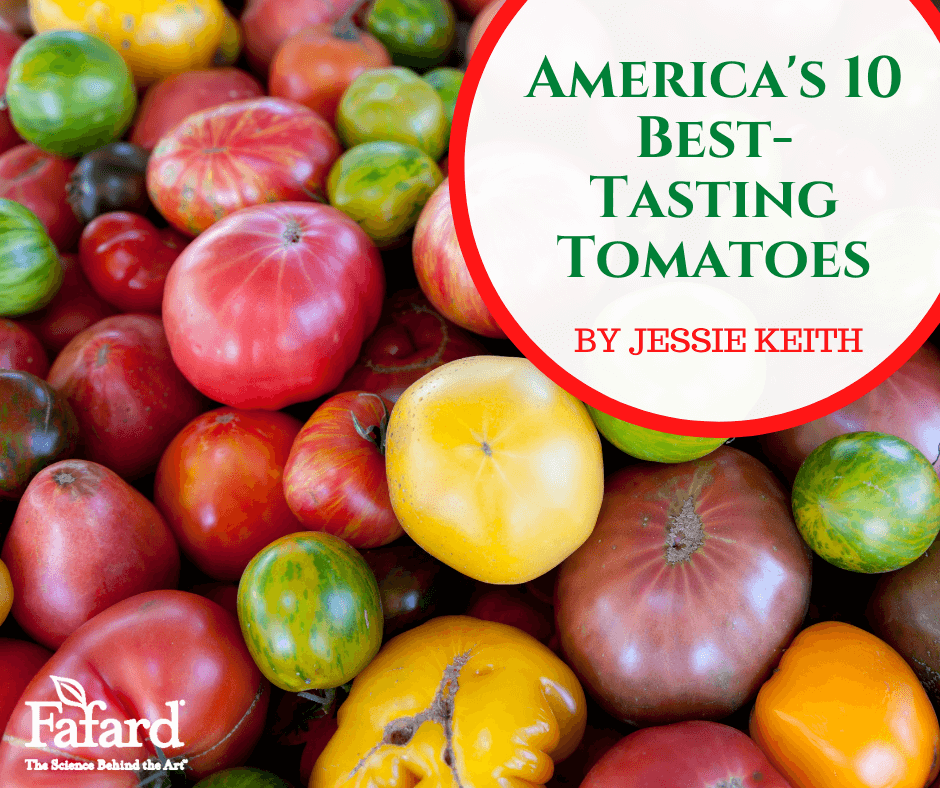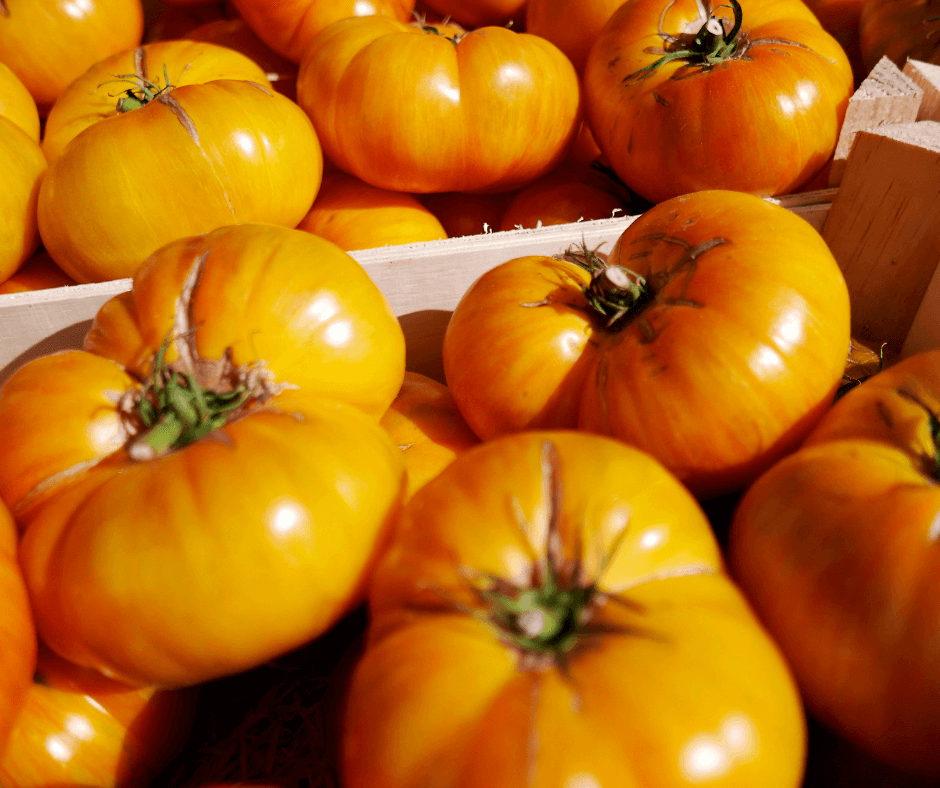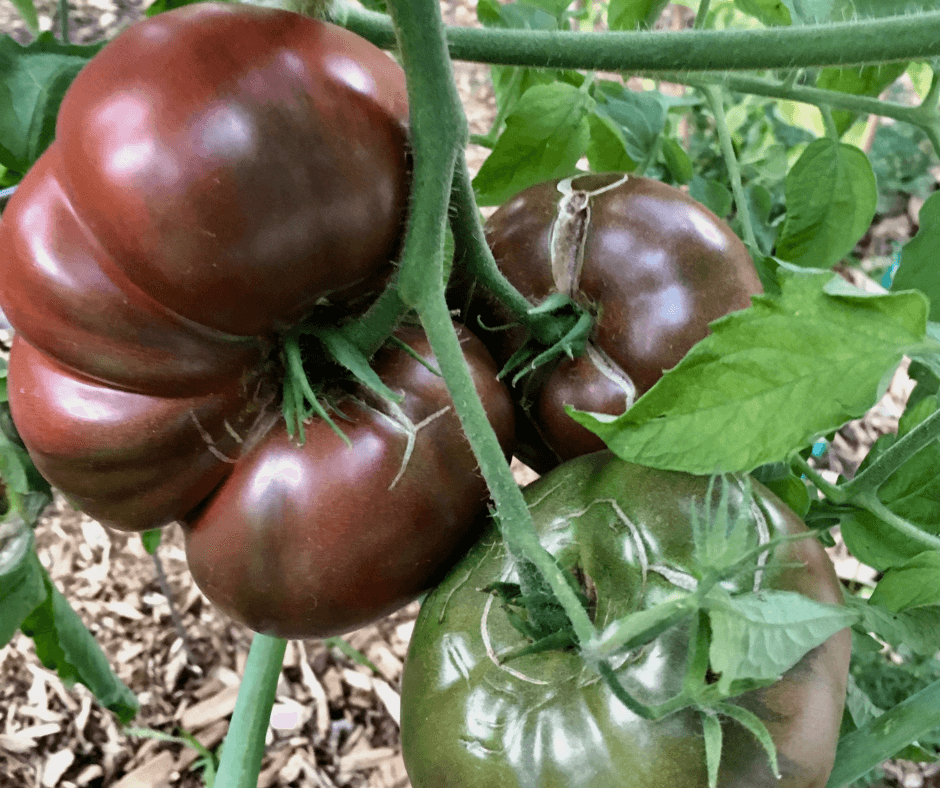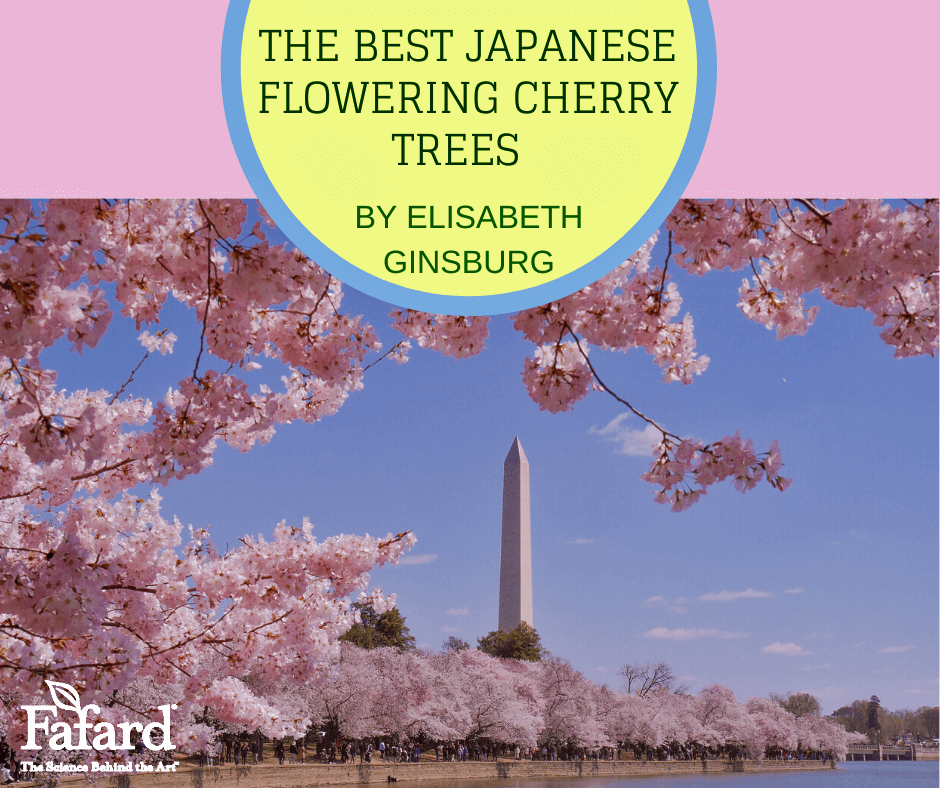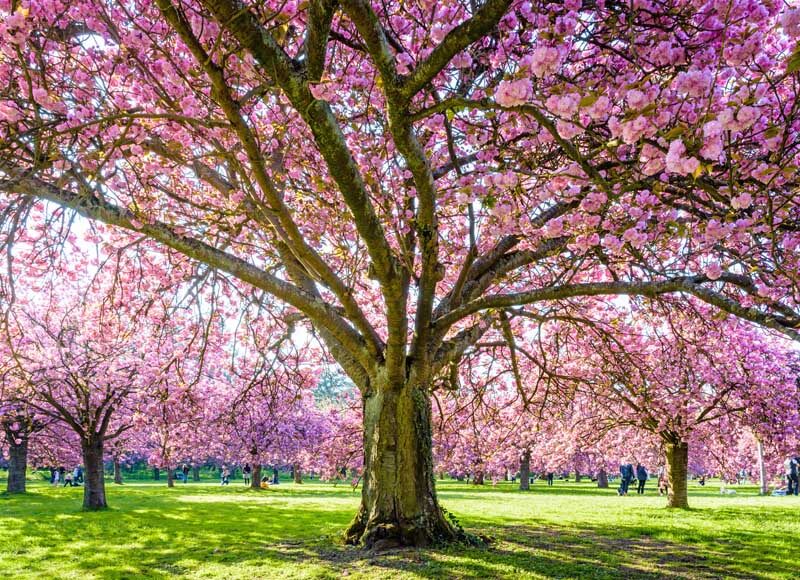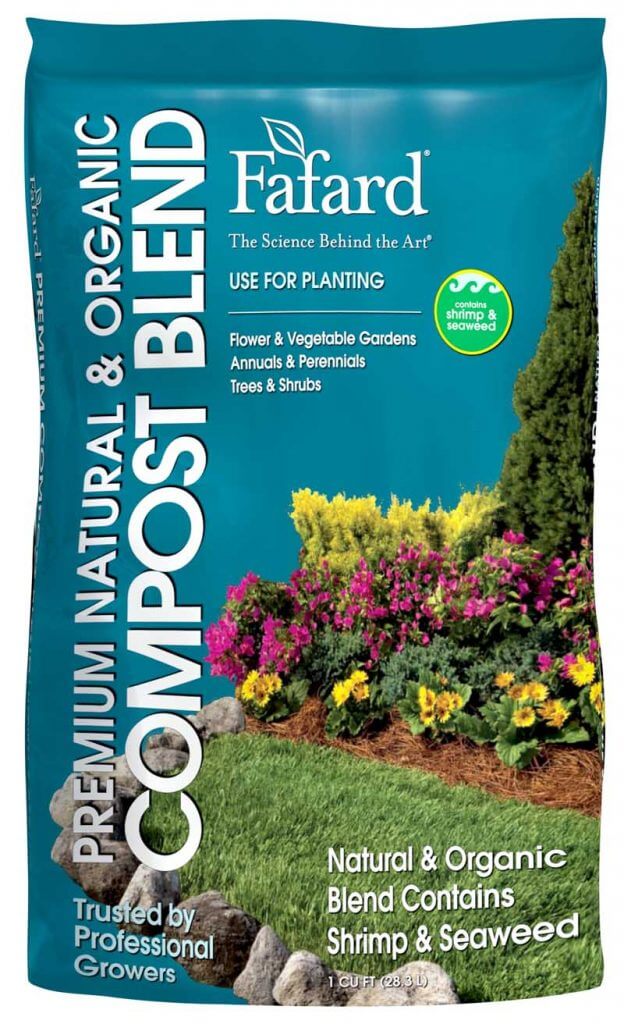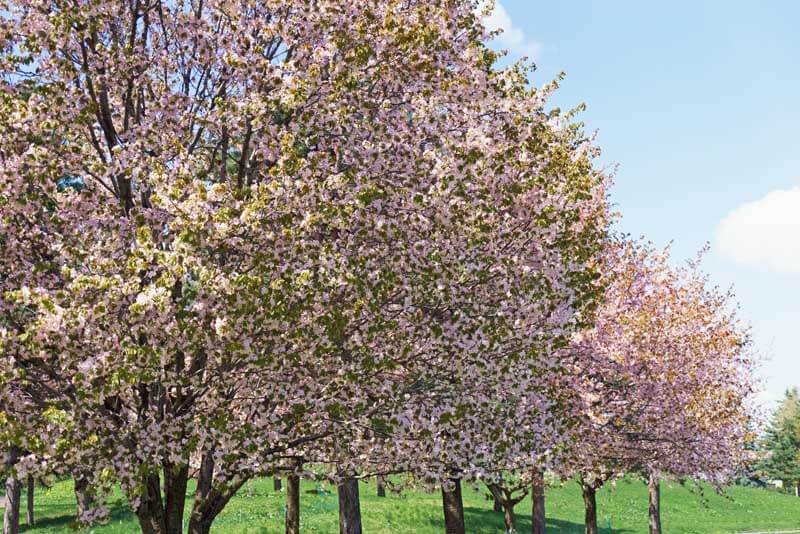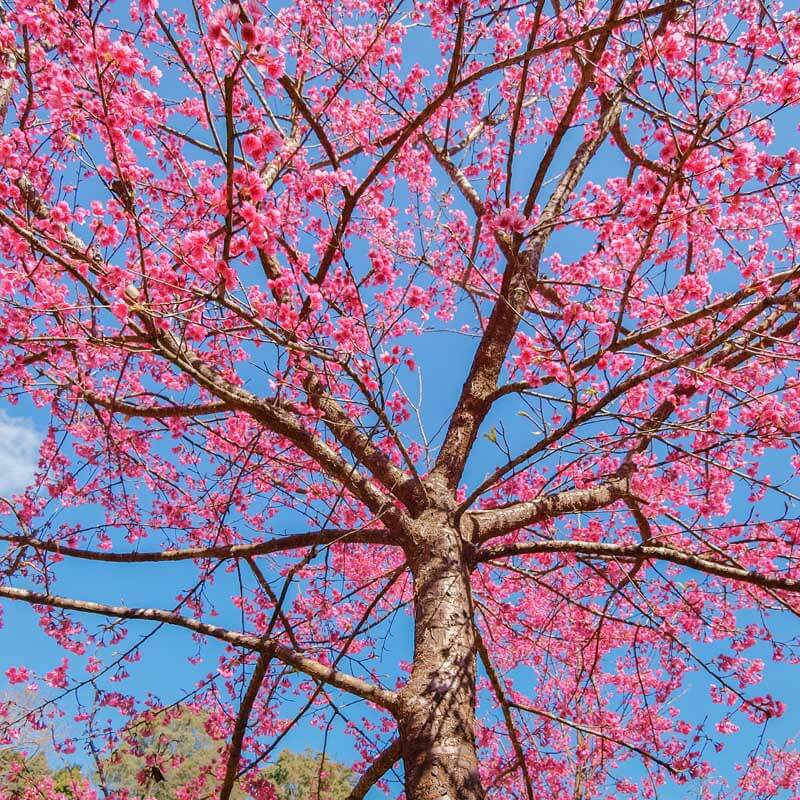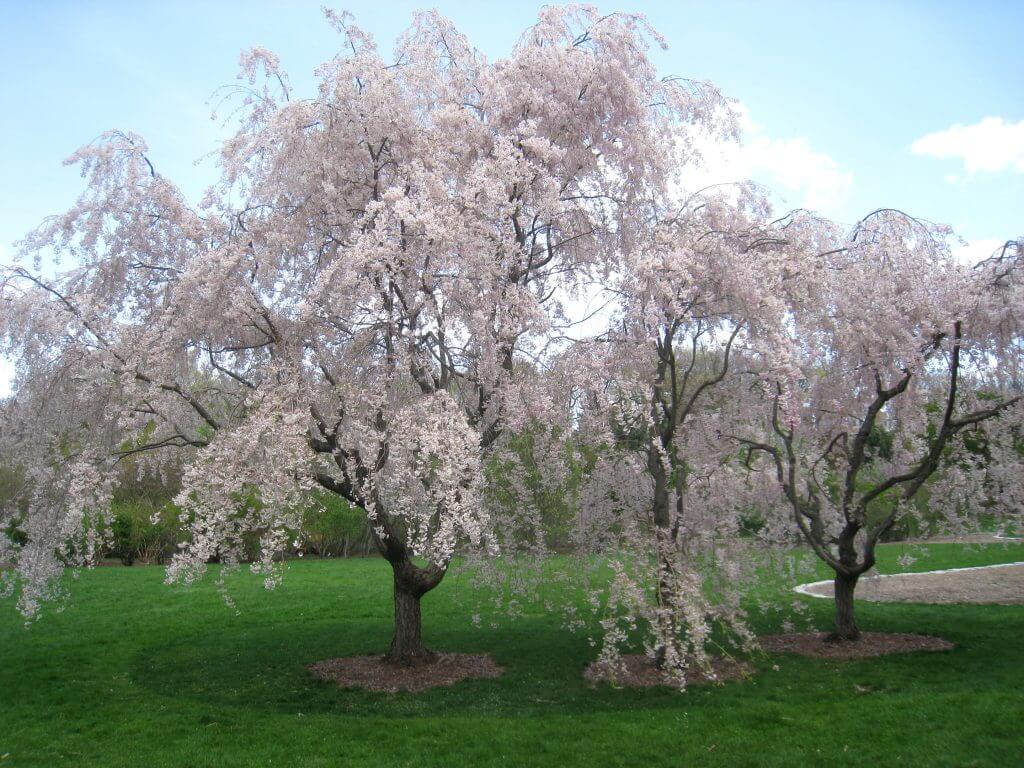
What a great year for new tomatoes! The breeders have been busy. 2022 has so many new tomato introductions that I had trouble fixing on my favorites. The final picks were chosen for beauty, top trial ratings, disease resistance, and MOST OF ALL, taste.
Slicing Tomatoes

I am a sucker for beautiful fruits and vegetables, and tasty tomatoes in wild colors are ever-present in my garden. That’s why I’ll be trying the new bi-colored green and red ‘Captain Lucky‘ (75 days, indeterminate) slicing tomato from Johnny’s Select Seeds. Its excellent flavor challenges that of best heirloom tomatoes, and when sliced the fruits are a psychedelic yellow, green, pink, and red. Another for beauty and flavor is the Baker Creek exclusive, ‘Alice’s Dream‘ (80 days, indeterminate) beefsteak tomato, which has an orange-yellow exterior striped with purple and a deep orange-yellow interior that is described as tasting sweet and tropical.

Those looking for a classic red slicer must try Burpee’s ‘Bodacious‘ (80-85 days, indeterminate) big slicing tomato. The large, red, tasty tomatoes are aromatic and produced on vines that resist blight. Each plant can produce 40-50 fruits in a season. Another good traditional tomato is ‘Enroza’ (70 days, indeterminate) from High Mowing Organic Seeds. The classic slicer is deep pink, and the vines are super disease resistant. It produces continuously, and the fruits are meaty, flavorful, and juicy. for lovely dark-red, medium-large fruits grow ‘Rubee Prize’ (60-70 days, indeterminate) hybrid tomato. It is a taste-test winner, and the vines resist many diseases.
If you are looking for more really tough, disease-resistant, slicing tomatoes with great flavor, try ‘Tough Boy Gold‘ (75-85 days, indeterminate), which is resistant to blossom end rot as well as several viral diseases. Its sweet, golden fruits are medium-sized, flavorful, and resist cracking on the vine. The deep-red, medium-sized fruits of ‘Loki‘ (70-75 days, indeterminate) are also borne on highly disease-resistant vines. It is high-yielding and its fruits have an old-fashioned, heirloom-tomato flavor.
Cherry, Grape, and Salad Tomatoes

On the top of my cherry list is ‘Black Strawberry’ (60 days, indeterminate), cherry tomato, which bears lots of fruits in neat trusses. The fruity, super-sweet tomatoes are orange-red with a mottled overlay of purple-black. Their flavor is described as very fruity and almost plum-like.
‘Sun-Dried Cherry‘ (60-65 days, indeterminate) is a cool new cherry tomato that was developed for sun drying. The sweet fruits easily dry on the stem, and vines yield lots of tomatoes!
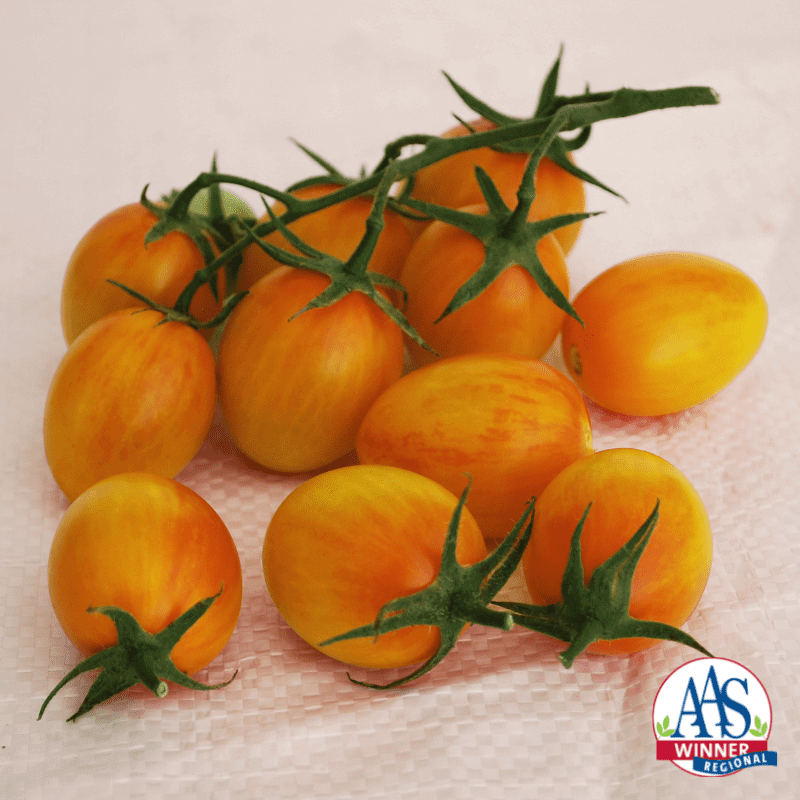
The beautiful small/salad tomato ‘Purple Zebra‘ (70 days, indeterminate) is one of several 2022 AAS winners. Its tart-sweet dark-red fruits are striped with dark green, and the prolific vines resist disease. I will be growing this one! The red-striped golden grape tomato ‘Sunset Torch‘ is another of this year’s AAS winners. In addition to having fruity cherry tomatoes in sunset colors, it is disease resistant, productive, and the ripe fruits resist splitting after rain.
Sauce and Paste Tomatoes

The small-medium, reddish-pink tomatoes of the ‘Rugby‘ (60-65 days, indeterminate) hybrid are meaty, high in beta-carotene, and have a well-balanced flavor. They are great for canning, sauce, and fresh eating. The vines also resist disease. The unique miniature Marzano-type tomato ‘Marzito‘ (50-55 days, indeterminate) is very early to bear and produces lots of small, deep red, sauce tomatoes that are meaty with a balanced flavor. They are also good for fresh eating. Finally, sauce lovers with less space should grow the new compact Roma tomato, ‘Bellatrix‘ (65-70 days, determinate). It grows beautifully in containers, is highly disease resistant, and its delicious fruits are perfect for sauce and salsa making.
Miniature Tomatoes
These are the best tomatoes for containers and hanging baskets. My oldest daughter Franziska fell in love with the heart-shaped miniature tomato, Heartbreaker Dora Red (75-85 days), which just reaches 16 inches high and becomes laden with lots of heart-shaped cherry tomatoes that are flavorful and sweet (9 Brix). Another with a cartoonish name is the ‘Grinch‘ (65 days, determinate) dwarf cherry tomato, which boasts lots of bright yellow-green cherry tomatoes with a mild tart and sweet taste. They are great for snacking. The bushy plants reach 4 feet and may require minimal caging or staking.
Container tomatoes such as these grow beautifully in quality potting mix, such as Fafard Natural & Organic Potting Soil. Choose a large container that drains well, and be sure to feed with a fertilizer formulated for tomatoes.
Any of these amazing tomatoes would be a great addition to your summer vegetable plot! Whether you just garden in containers or have a big vegetable bed, there is a new tomato for you.
More Tomato Resources:
Video: Growing Tomatoes From Seed to Harvest



